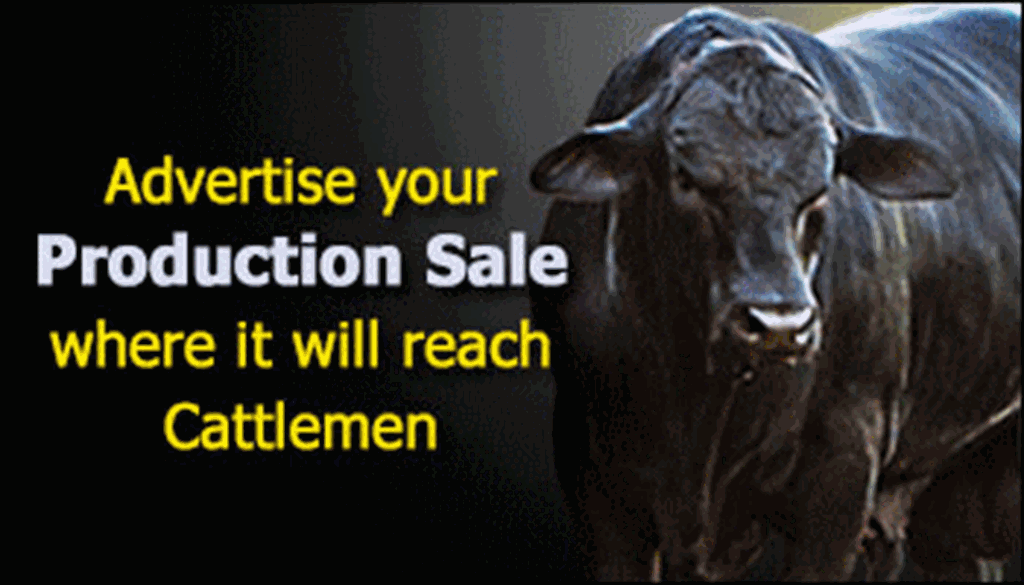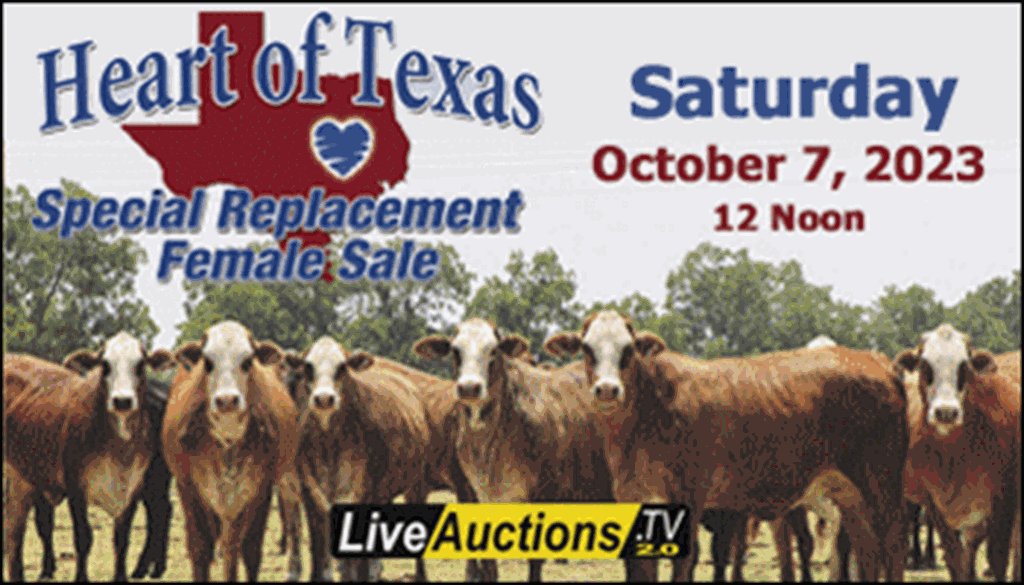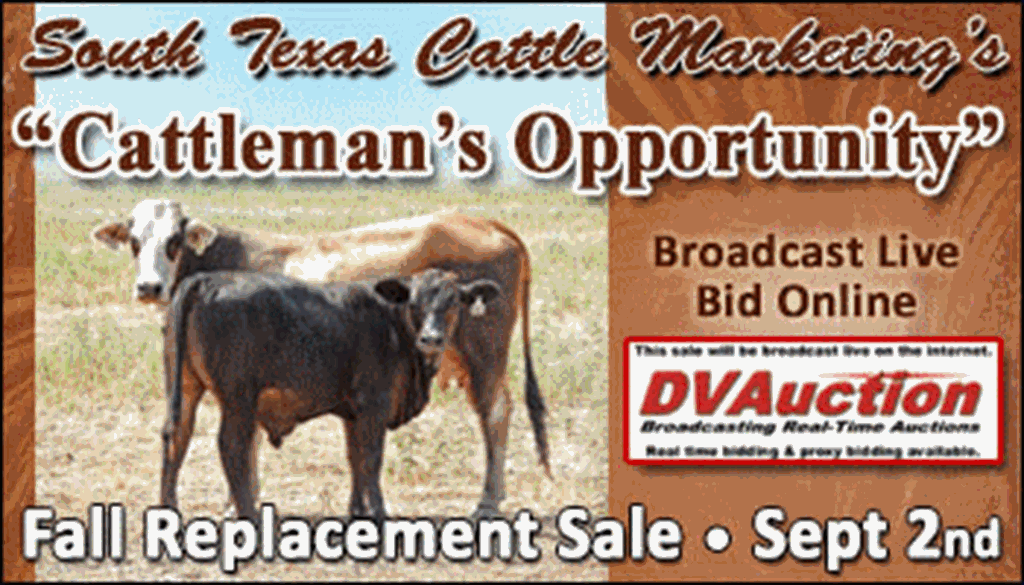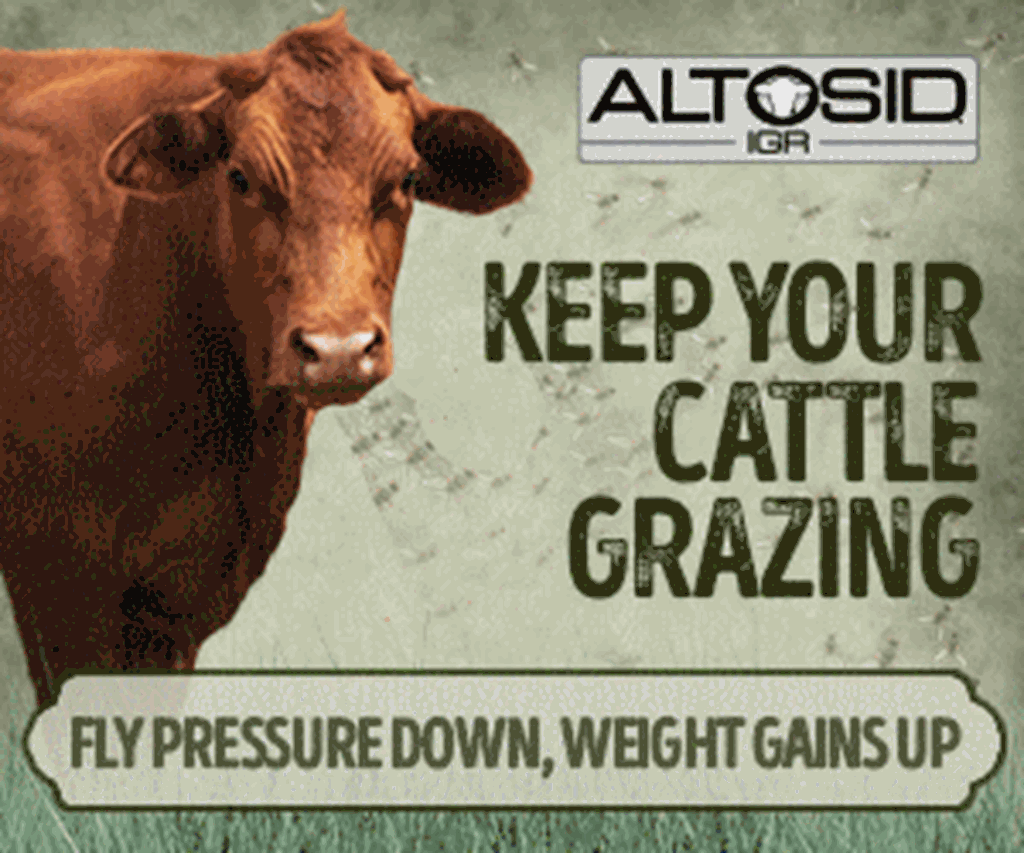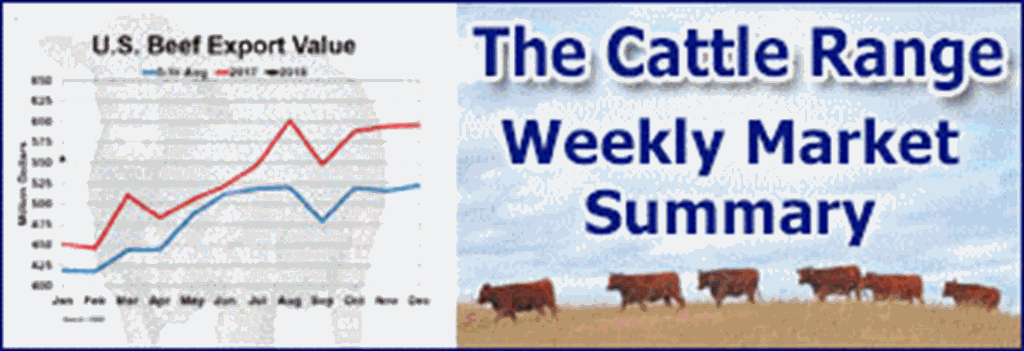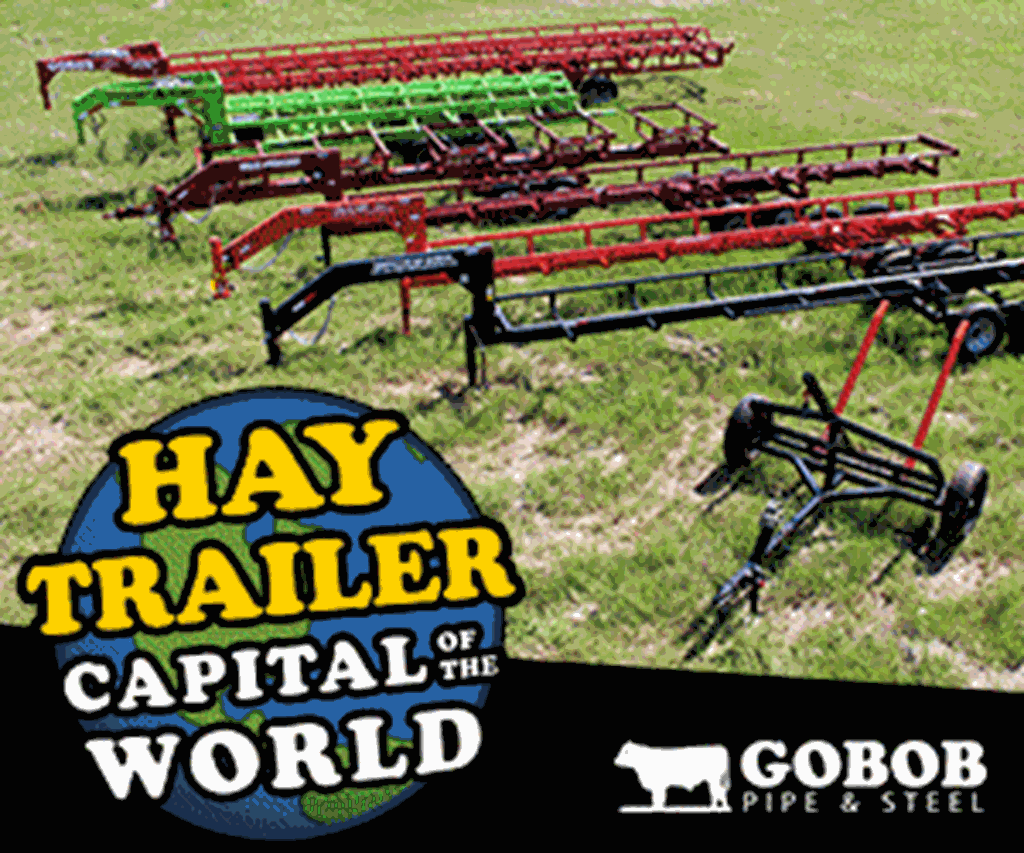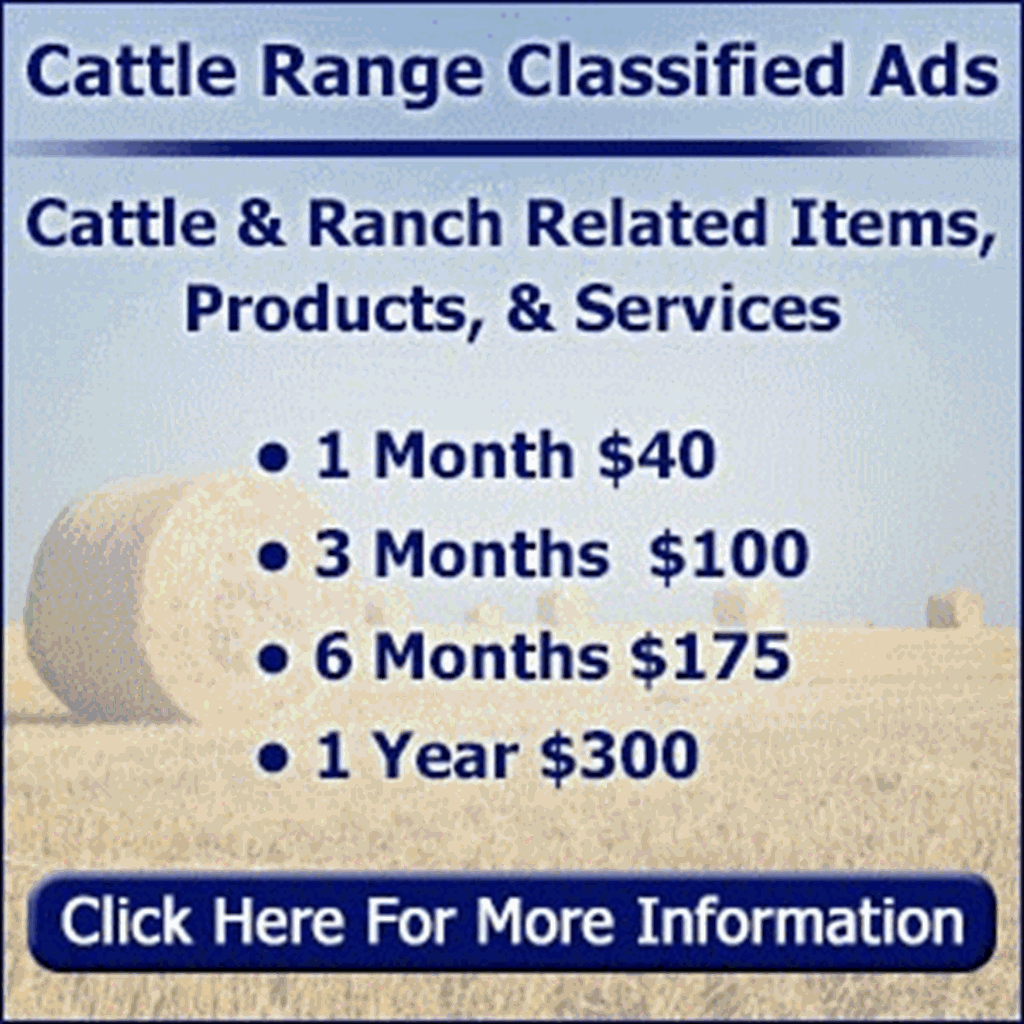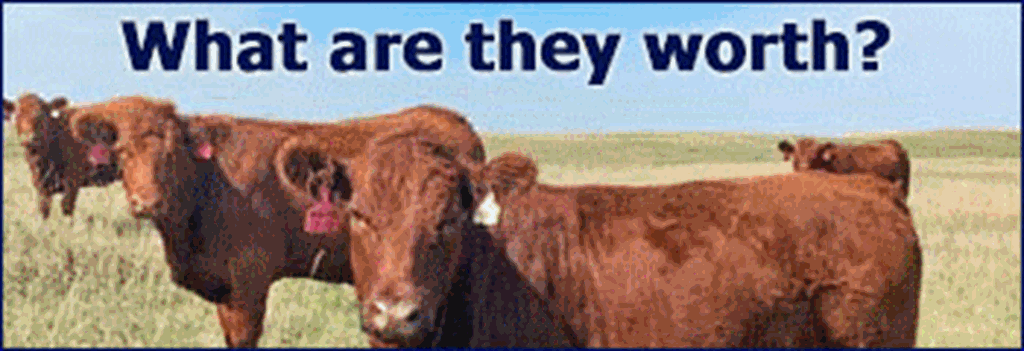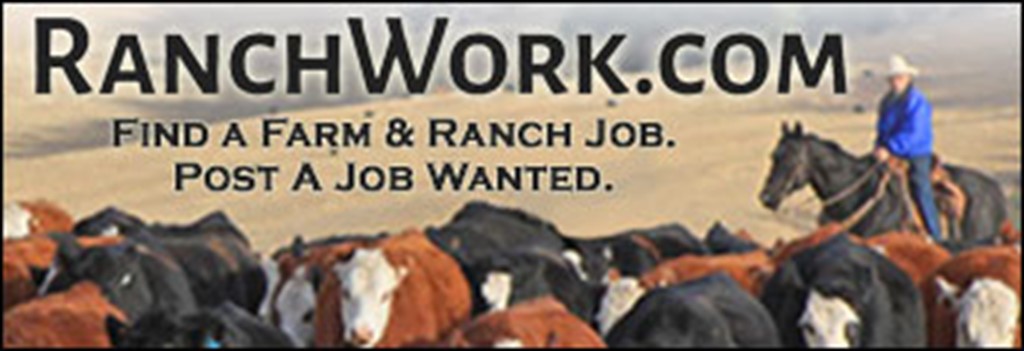Glossary of Terms...
Base Weight...
-
The estimated net weight from which "slide" adjustments are made. Typically, it is the seller's best estimate of what the cattle will actually weigh on the delivery day. It needs to be as accurate as possible because any deviation from the base weight affects the final sales price.
Condition...
-
Thin - Ribs are visible and there is no rounded appearance through the back and loin.
-
Medium Flesh - Only a few ribs slightly visible and a slight rounded appearance through the back and loin.
-
Fleshy - No ribs visible and there is a definite rounded appearance through the back and loin.
Delivery & Delivery Date...
-
Delivery & Delivery Date does not refer to seller delivering the cattle to the buyer's premises... Nor does it refer to a calving date.
-
Instead, it refers to the process and date on which the seller will deliver the cattle to the specified shipping or delivery point, normally the seller's Pens/Corrals, at which location the transaction is completed, ownership (title) of the livestock passes to the buyer, and the buyer takes "delivery" of the cattle.
FOB...
-
FOB literally means “Free On Board.” It is the geographical location or place at which ownership (title) of the livestock/goods passes to the buyer and is the point at which the buyer is responsible for shipping costs.
Frame...
-
Large - Cattle have large frames, and are tall and long-bodied for their age.
-
Moderate - Cattle have slightly large frames, and are slightly tall and long-bodied for their age.
-
Small - Cattle have small frames, and are shorter-bodied and not as tall as cattle with medium frames.
Gate Cut...
-
"Gate Cut" describes an equitable way to sort cattle being purchased if the buyer is not taking all.
-
For example, if the buyer is only taking 20 head out of a group of 60 head, the cattle could be put in the alley and the first 2 animals let "by" and the 3rd animal "caught" in the buyer's pen. Continue the process until there are 20 head in the buyer's pen and they will normally be a fair representation of the overall group of cattle.
Quality...
-
Fancy - Exceptional quality
-
Choice - Above average quality
-
# 1 - Average quality
-
# 2 - Below average quality
Slide...
-
The term "Slide" refers to an increasingly common method of establishing the final sales price on a sliding scale based on the actual net weight of the cattle in relation to the stated "base weight". The purpose of a "slide" is to provide a simple and equitable mechanism to adjust the sales price of cattle based on actual net weight.
-
For example, consider a seller who contracts his steer calves for $1 per lb. at an estimated or "base weight" of 500 lbs. with a 5 cent slide. A "5 cent slide" means for every pound over 500 lbs., the sales price will be lowered by $0.05 per cwt.
-
If the steers actually weigh 515 lbs., or 15 lbs. over the base weight, the following calculation will be made: (15 lbs. x $0.05 = $0.75), which results in the final sales price being ($1 per lb. less $0.075 = $0.9925 per lb.) or $99.25 per cwt.
-
The amount of the slide is negotiable, but some sellers stipulate that the slide be "up and down" or work both ways. In the example above, if the steer calves had only weighed 485 or 15 lbs. less than the base weight and the slide was "up and down", the 5 cent slide would result in the sales price being increased to $100.75 per cwt.
-
Slide Calculator... Calculates Price and $'s per head for various prices, slide rates, and base and pay weights.
Unmerchantable...
-
Refers to an animal with a physical condition(s) that significantly reduces its value or "merchantabilty".
-
This includes, but is not limited to cripples, bad eyes, lumps, chronics, quinines, locos, and sick livestock.
-
For breeding classes of cattle, unmerchantability includes all conditions that render the animal unsound for breeding purposes, including females with udder problems.
Upcoming Sales...
Upcoming Sales...
